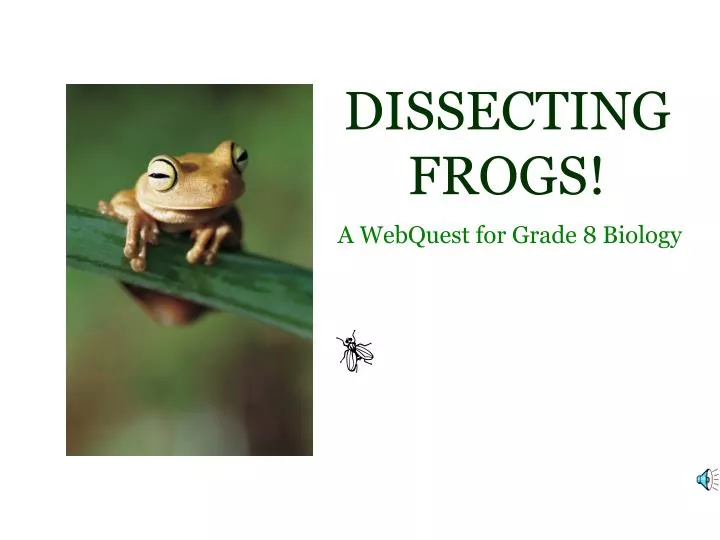

“It is likely that they imagine our product as just another rubber ducky being foisted on them by what they see as a militant animal rights bloc.” “There is, of course, a subset of teachers that object to anything new and specifically to anything synthetic, but these are universally teachers who have not had interaction with SynFrog in person,” SynDaver founder and CEO Christopher Sakezles said in an email. After the first five, each “refurbishment” costs $25. The Synfrog, which is reusable, costs $150, which includes five refills of the inner contents and reseals - or $25 per dissection. SynDaver officials said most of the reaction they have had has been positive - although some administrators are not keen on the price. “What those modalities are may range from traditional or virtual simulations.”įlorida school kids interviewed in the Wall Street Journal article said they preferred the synthetic frog cadaver from Syndaver - called “Synfrog” - to real frogs because it didn’t smell of formaldehyde and didn’t “feel bad.” Some science teachers, however, said they feel the fake frogs take away from an authentic experience of dissection - such as finding mutations or extra appendages that could only come from nature.
#Virtual frog dissection kit manual#
The California Department of Education’s science education framework manual has a chapter that “highlights the importance of teachers using various modalities to teach our Next Generation Science Standards, which is happening across our county,” Rose said in an email. “I want to see whether they are open to alternatives.”Īccording to Raquel Rose, assistant superintendent for the Marin County Office of Education, Marin public school science teachers have the option to offer virtual dissection for students who don’t want to do real-frog dissection. “I’m really interested to see what the public schools are doing,” said her father, Che Prasad, a medical pathologist at MarinHealth Medical Center in Greenbrae. The teen used her $1,000 in prize money from Animalearn to purchase the “fake” frog dissection kits from SynDaver, which was featured in January in the Wall Street Journal, and from Rescue Critters, which specializes in producing training mannikins for veterinary medicine students.

Joe Harvey of Mark Day School talks about student research. “That if we don’t need to be killing these frogs for this purpose, and can get the same outcome, we should move in that direction.” “For her, it’s founded on this love of science and the notion of being a humane citizen of the world,” Mark Day’s head of school Joe Harvey said. With the school’s blessing, Indigo is set to present her classmates with choices before the anatomy section starts this spring: They can do either real-frog dissection or they can choose virtual dissection combined with synthetic-frog dissection. “Seventy-five percent of people said they wouldn’t dissect a frog again - this shows that if people just needed the background information before they did a dissection, they would make a different choice.” “I read them the research about why frog dissection is bad for the environment, and that it’s inhumane,” she added. She also looked into synthetic frogs made by different companies, such as Tampa-Florida-based SynDaver, and Rescue Critters, which sent her some prototypes to review. “This shows we’re clinging onto old methods that we don’t need anymore.” “Ninety-five percent of the people said virtual dissection was ready to replace traditional,” Indigo said. She took on the research as a science project for her school, enlisting 20 friends, family and her parents’ co-workers for a survey. Indigo said she was motivated a few months ago to research more humane alternatives to traditional dissection after learning that she would be expected to participate in the real-frog dissection this spring, when her science class starts its anatomy section. “Her passion and dedication to animals shines bright, and I hope that she continues to use her voice to advocate for animals used in science education.” “We are proud to call Indigo our ‘Humane Student of the Year,’” said Animalearn director Nicole Green in a statement. Indigo, 13, a seventh-grader at Mark Day School, a private K-8 school in San Rafael, has been named “Humane Student of the Year” by the group Animalearn, a Jenkintown, Pennsylvania-based division of the American Anti-Vivisection Society. Marin kids who are squeamish about slicing into frog cadavers or who hate the smell of chemical preservatives used in real-frog dissection in their science classes may find inspiration from Indigo Prasad of San Anselmo.


 0 kommentar(er)
0 kommentar(er)
